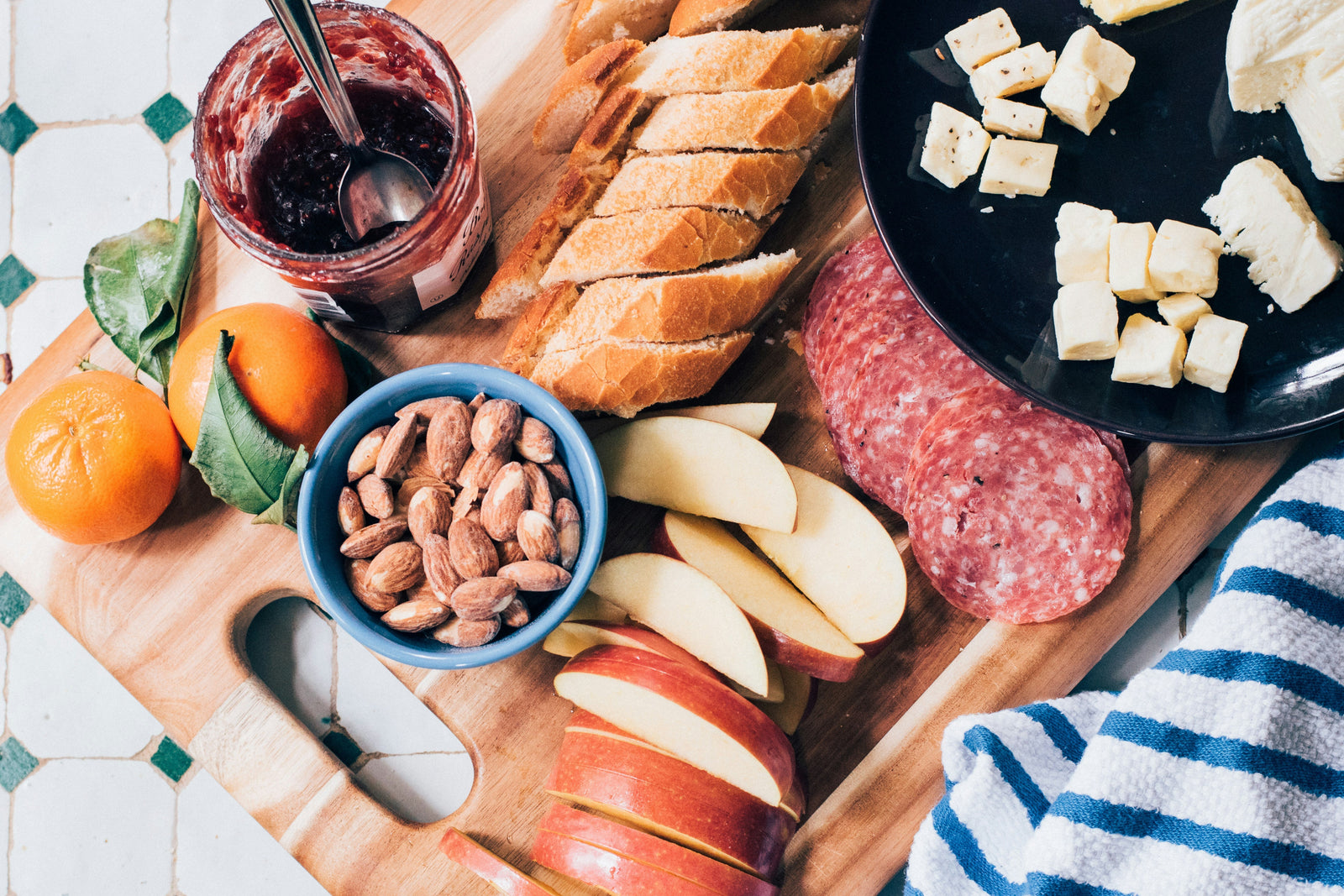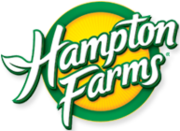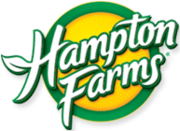The Best Nuts For a Charcuterie Board

The secret to building a charcuterie board is pairing the best nuts with meats, cheeses, and extras to satisfy varying tastes with appealing options for everyone. A charcuterie board is a versatile crowd pleaser, filled with a delightful selection of sweet and savory nibbles—perfect for parties, pre-dinner gatherings, or lazy evenings when cooking isn't on the agenda. Put an unexpected spin on the popular snack board by making nuts the star of the show. We’ve cracked the code on the best nuts to include alongside traditional charcuterie board components, so you can assemble your own masterpiece filled with flavor and texture.
Start Your Charcuterie Board With Nuts
Nuts and peanuts are a perfect charcuterie board food. Crunchy, salty, and sometimes sweet, they up the ante for your senses and amplify the flavors of the foods they’re paired with. And unlike some of the other charcuterie board components, nuts won’t spoil when left out at room temperature. The secret to finding the best nuts for a charcuterie board is simple: Anything goes. The only rule is offering a variety of nuts in assorted flavors and textures. Try sweet and creamy cashews, smoked almonds, earthy roasted pistachios, or unsalted in-shell peanuts for a well-rounded mix. Once you acquire a selection of starter nuts, you can add some, or all, of these components for a stand-out charcuterie board.
Meat
Since the word charcuterie means cold cooked meats (or a store where they’re sold), this is a customary component of any board you build. The combination of roasted peanuts and smoked or cured meats packs a delicious protein punch. Include one or two of these popular meats on your charcuterie board paired with these savory nuts:
- Rich, savory capicola with salted pistachio nuts
- Hard or soft salami with spicy dill peanuts
- Salty-sweet prosciutto with briny salted Virginia peanuts
- Mild deli-style ham with Cajun hot peanuts
Cheese
This classic component pairs well with meat, fruit, and spreads, but it’s equally wonderful with charcuterie nuts. The combination of creamy cheese and crunchy nuts offers an exciting contrast in textures, while slightly salty or sweet nuts enhance flavors in smoked and mild cheeses. When building a charcuterie board, choose two or three of these crowd-pleasing cheese-and-nut pairings:
- Strong bleu cheese, such as Gorgonzola, and honey roasted peanuts
- Firm white or yellow cheddar with sea salt and cracked pepper peanuts
- Soft and creamy Brie with candied pecans
- Hard, salty Asiago, Parmesan, or Pecorino Romano with sweet almonds
Fruit
Fruit and nuts have been partners for ages, and where better to team them up than on a tray of deliciousness. Fruit not only adds a pretty pop of color on the board, but it also offers a lighter alternative to heavy meat-and-cheese fare. The best fresh fruits for charcuterie boards include red and green grapes, sliced apples or pears, and whole berries, and they pair so well with shelled candied mixed nuts. Dried fruits add another dimension of flavor and sweetness to your charcuterie board; think raisins, dried cherries, apricots, and cranberries that offset the heat of spicy chipotle peanuts.
Spreads
Jams, jellies, chutneys, and nut butters of any kind are ideal for spreading on crackers with cheese and a sprinkle of nuts, or spooning directly onto a sturdy slice of fruit. Other spreads that complement the components of a charcuterie board include smooth peanut butter, creamy hummus, and sweet honey.
Starches
Starches make great dippers and vehicles for spreads and cheeses; consider small chunks of crusty bread, slices of baguette, pita chips, water crackers, thin breadsticks, and buttery crackers. Even the pickiest eater can slather bits of bread with peanut butter and jam for an adult PB&J. One or two starches round out a charcuterie board nicely, but choose as many as you see fit for a hearty and satisfying presentation.
How To Build a Charcuterie Board
Armed with the best selection of nuts for your charcuterie board—and a supporting cast of components—follow these steps to build a festive spread from scratch.
Step 1 | Start with a large, clean cutting board or tray. Most charcuteries are created on boards made of bamboo, teak, or hardwood.
Step 2 | Use ramekins or small dishes in various sizes for your unshelled nuts, dips, spreads, nut butters, or soft cheeses. Place these on the board first, leaving plenty of space between each one.
Step 3 | Place your cheese blocks next to the ramekins; this gives guests an idea of which cheese pairs best with which nuts or spread.
Step 4 | Set sliced, chopped, or whole fruits next to the cheeses and nuts on the cutting board. If using grapes, leave them on the vine for a natural presentation.
Step 5 | Place piles of rolled or folded meat slices in sections around the board. Because these thin meats are malleable, they fill the gaps nicely and add a rustic look.
Step 6 | Pack the empty spaces around your charcuterie board with whole, in-shell nuts like or salted peanuts, whole walnuts, and Brazil nuts. Fill in any gaps with large dried fruits like figs and Medjool dates, fresh herbs, or edible flowers.
Be sure to let your guests know that your charcuterie board contains nuts by labeling the bowls or ramekins with the nut variety. Don’t forget to set out nut crackers, cheese knives, spreaders, and small spoons, so guests can help themselves to everything on your beautiful charcuterie board. Want to take your board to the next level? Explore our post on nuts and wine pairings, featuring expert recommendations.


Leave a comment